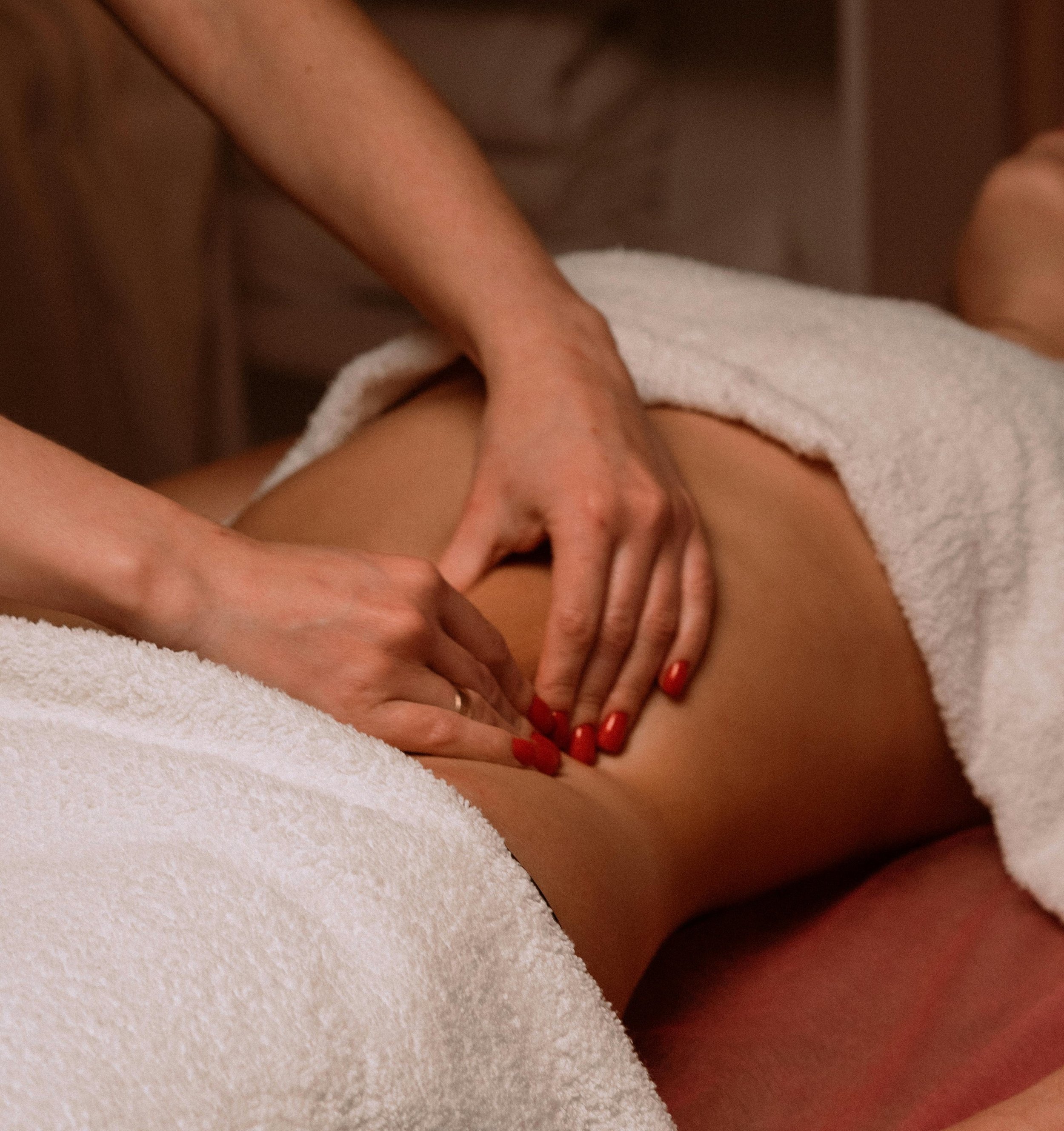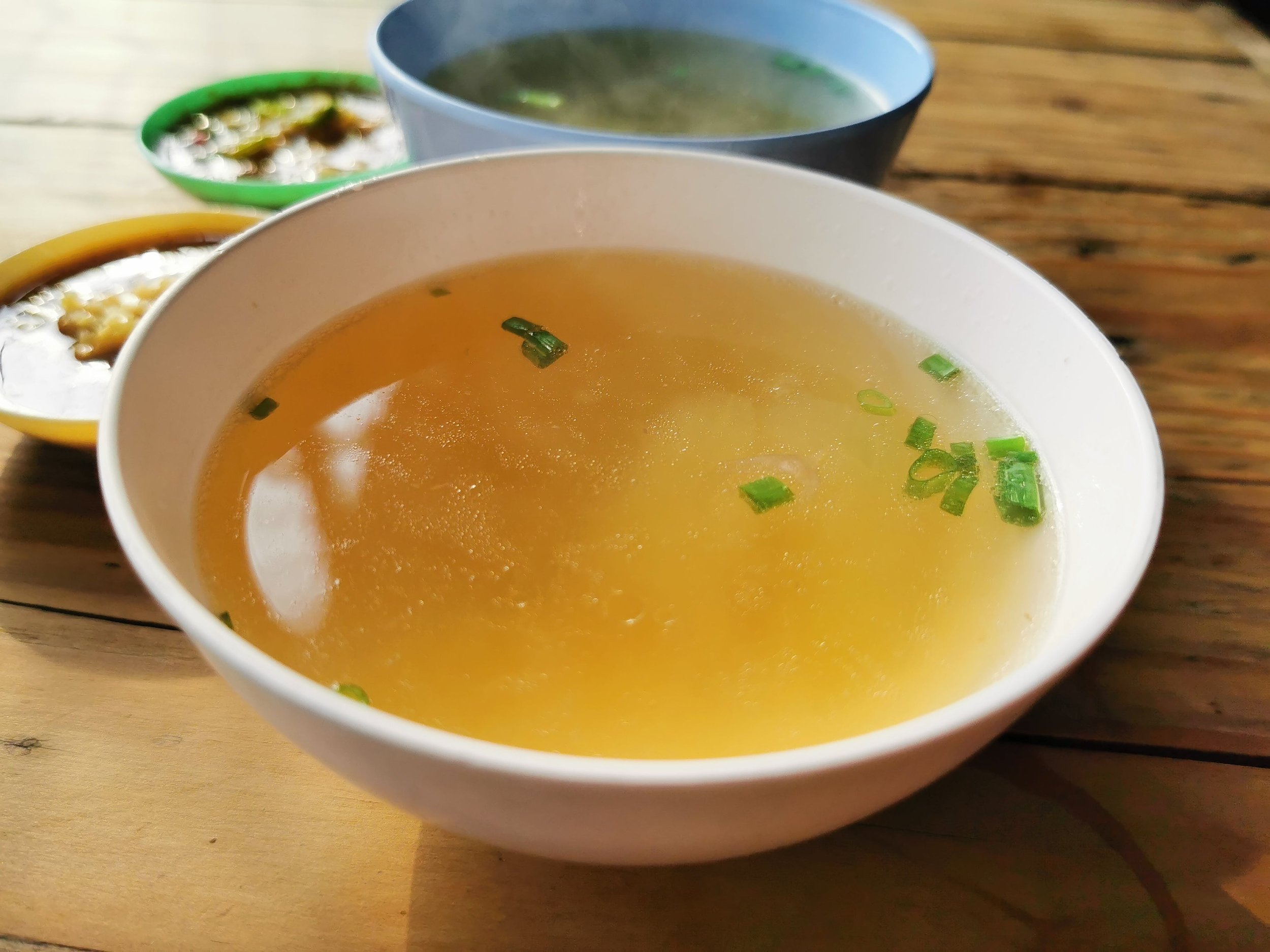The Transformative Power of Exercise for IBS
Unlocking the potential of exercise as an IBS game-changer is a revelation you might not have expected. While the overall health benefits of physical activity are widely known – stress management, cardiovascular health, improved sleep – the impact of exercise on IBS symptoms is equally profound. Yes, you heard it right. Walk your way to feeling better!

In the toolkit of IBS management, which might already include things like the low FODMAP diet and stress-relieving activities such as yoga and meditation, physical exercise must be considered as an important and powerful addition. Supported by a robust body of evidence, it’s clear it has the potential to transform overall IBS symptoms.
Understanding IBS as a disorder of gut-brain interaction reveals an important point: miscommunication between the gut and the brain can lead to painful symptoms and irregularities. Exercise can be an incredible normalizer, bridging the gap and improving overall symptoms. Not only that, but the movement induced by physical activity also sparks life into the gastrointestinal tract, offering relief from the clutches of constipation (which is an issue for many of you).
When it comes to choosing the best types of exercise for IBS, the game-changing principle is simple: go for what you enjoy the most and what you will actually DO. Long-term commitment and regular engagement are key to getting the most benefit from exercise. In general, moderate-intensity exercises are the most beneficial for those with IBS – think walking, hiking, aerobic exercise, yoga, pilates, or even tai chi and qigong. All have proven to be allies in relieving bloating, gas, and other IBS symptoms.
But what about more intense workouts like running or HIIT? Here's where the game changes. While moderate-intensity exercise is great for relieving IBS symptoms, ramping up the intensity and duration can over-stress the body. Why? Because exercise (especially intense exercise) redirects blood away from the gastrointestinal tract, prioritizing muscles that are working hard. For some, this shift might trigger diarrhea or abdominal cramps. For others, it may induce significant pain. Your body will give you the feedback you need. All you need to do is listen!
The research underscores the point that moderate-intensity exercise often outperforms vigorous exercise in relieving IBS symptoms. But, and it's a significant but, individualization is key.
Individualization extends to how you feel in the moment. In a flare? Gentle exercises like yoga or tai chi might be your best allies. Feeling your best? Experiment with jogging or cycling. The game-changing truth is clear: exercise isn't a one-size-fits-all solution, but when tailored to you, it's an IBS ally like no other. And if you find an exercise you enjoy that also makes you feel good, then you’ll be able to do it regularly. And that’s where you’ll see the greatest benefit.
Have a question you’d like to have answered? Email me at hello@ibsgamechanger.com
More Deliciously Low FODMAP™ Tips and Tools
After the holidays or any time you want to improve your relationship with food, use these techniques to master mindful eating and regain control of your health.
Plant variety is only part of the picture. There’s another factor that doesn’t get as much attention but plays a big role in microbiome health: your sodium intake.
Garleek is a vegetable that's a cross between garlic and leeks, and the low-FODMAP greens add a wonderful flavor to your savory dishes
In this blog post I’m sharing 8 strategies to overcome the feelings of discouragement and fear that may be standing in the way of your success.
If you want to try a food that has not yet been tested and added to one of the low-FODMAP apps , one of the most important tools in your low-FODMAP arsenal is self-testing.
In this blog post, I explore some of the ways deep tissue massage can support IBS symptom management, giving you one more tool in your toolbox to find a holistic path to comfort and well-being.
One of the biggest challenges when struggling with gut issues is getting answers to your many questions about cause and treatment. With this in mind, we in the content creator space, work hard to bring you specific and actionable information to help answer your questions.
Since launching IBS Game Changer, I’ve been on a mission to support individuals living with Irritable Bowel Syndrome (IBS) by providing expert coaching, delicious recipes, and essential tips for symptom management.
In this post, I’m sharing many of the essential pantry staples I use in my recipes all the time.
One of the biggest challenges when struggling with gut issues is getting answers to your many questions about cause and treatment. With this in mind, we in the content creator space, work hard to bring you specific and actionable information to help answer your questions.
Monash University recently re-tested avocados for FODMAP content and they made an interesting discovery
In this blog post, I’m addressing the intricate relationship between anxiety and Irritable Bowel Syndrome, exploring how they impact each other, and giving you some specific things you can do to get them both under control.
Not all cheeses are created equal in terms of their compatibility with the low FODMAP diet. This article will help you make informed choices that align with both your preferences and your gut health.
The warmth and soothing nature of bone broth can provide relief from digestive discomfort. Sipping on a warm cup of bone broth may help ease symptoms such as bloating and cramping.
From Mindful Munching to making Social Connections — here are some tips for a happy holiday!
Research underscores the point that moderate-intensity exercise often outperforms vigorous exercise in relieving IBS symptoms. But individualization is key.
Taking a moment each day to acknowledge and appreciate the positive aspects of our lives can have a profound impact on our well-being.
How can you ensure your gut biome is in the best shape possible? I’ve put together the top 10 strategies to promote a healthy and diverse gut biome. Read on…




























